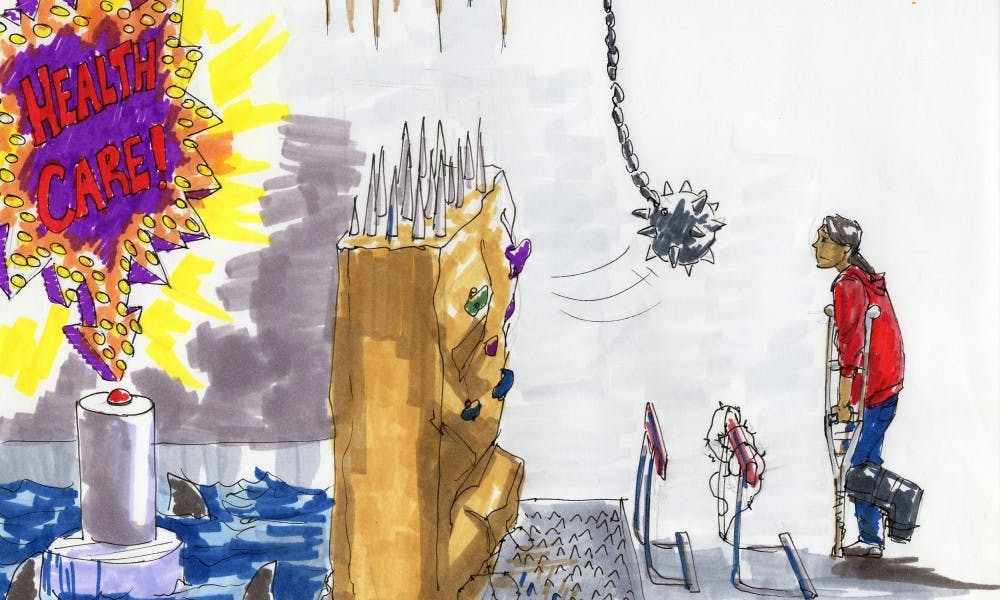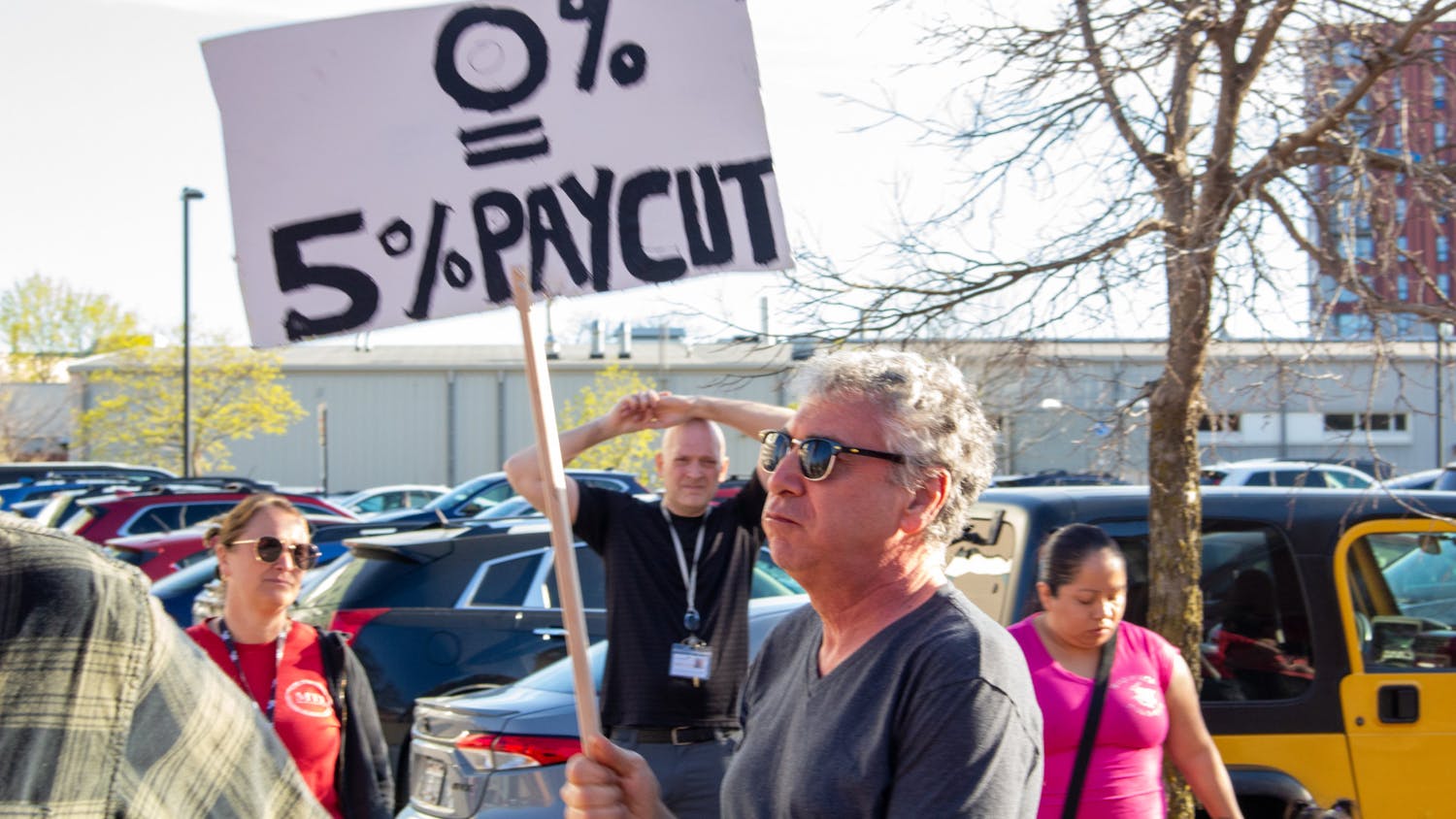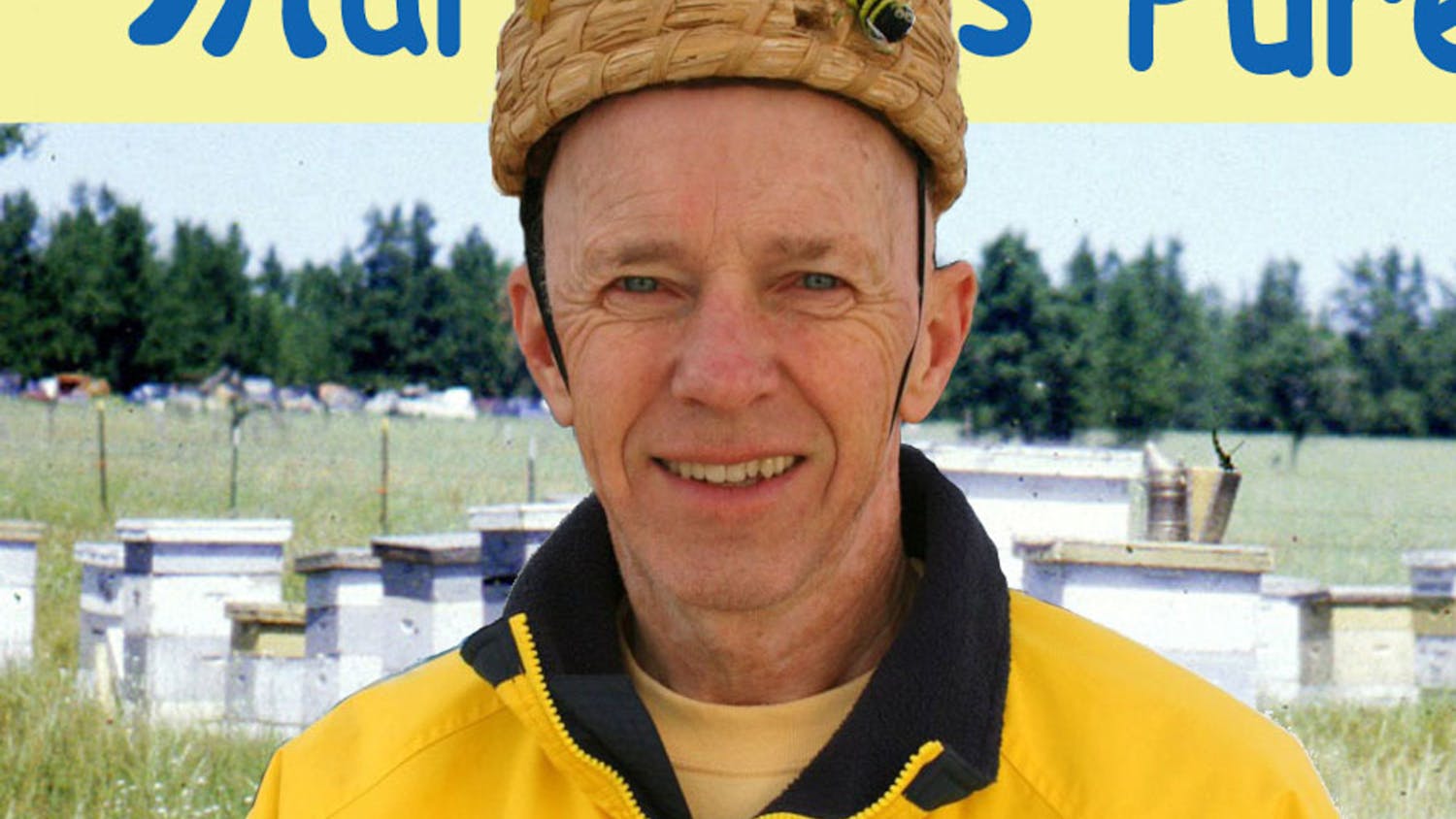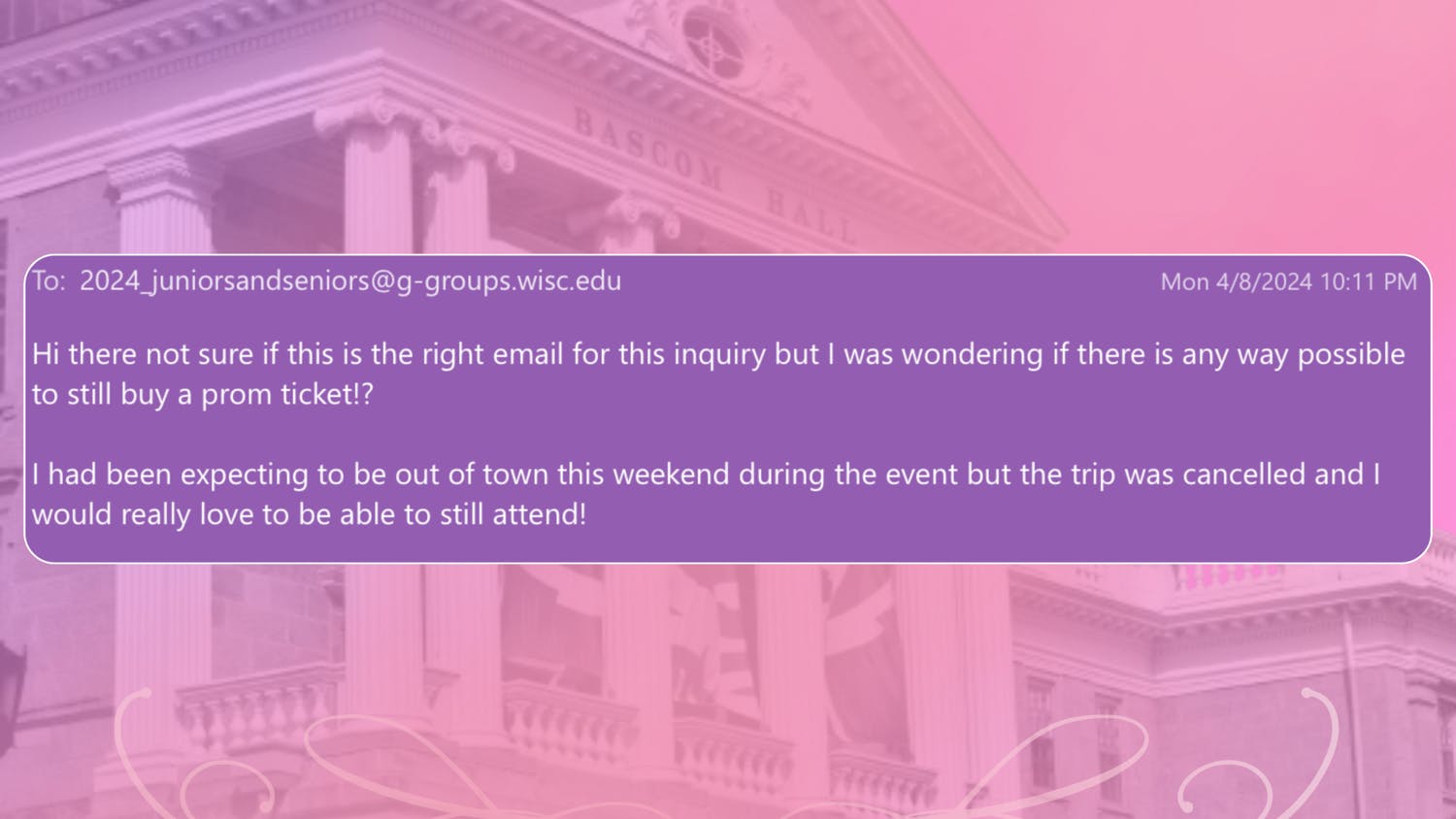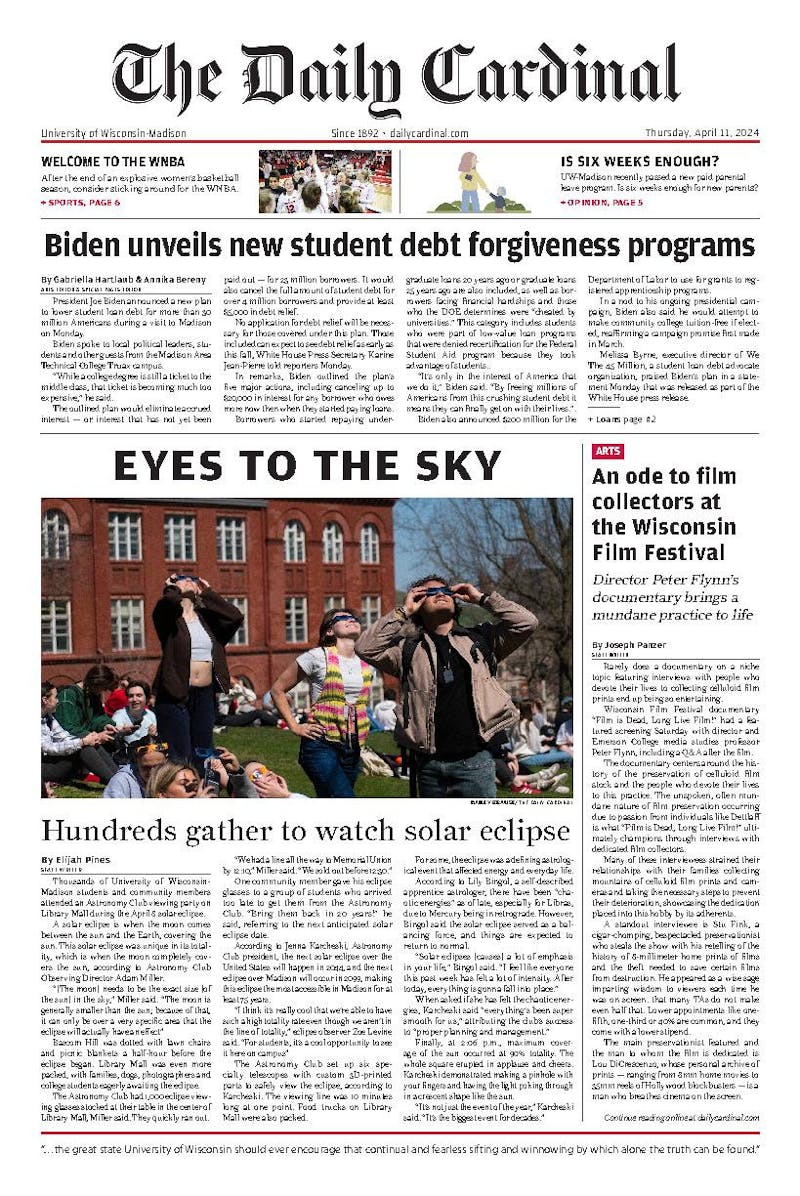“Public assistance should be a trampoline, not a hammock,” Gov. Scott Walker told a crowd of government officials, reporters and otherwise notable individuals during his State of the State address earlier this year.
This is a philosophy that Wisconsin has taken to heart in the construction of its public policy, and one that reflects a near national consensus on welfare.
But according to some experts, it has resembled neither to those who need it.
The process of getting state help at all can be extremely difficult for applicants, in what academics have come to call the “administrative burden” of the welfare system.
Only a fraction of the people who are eligible to benefit from most programs actually ever use them, as many have difficulty navigating the bureaucracy surrounding public assistance.
“The process of getting benefits is extremely disjointed, and can be really complicated for some families to manage,” School of Social Work Director Kristen Slack said. “There isn’t really a central point or person to help them navigate this landscape of benefits, so families are left to figure it out on their own.”
Some of Slack’s research even shows that up to half of all people who are eligible to receive benefits do not apply, in some part due to a perception of administrative complexity or a lack of confidence in being able to access the help they need.
Without the time or resources to schedule and meet the necessary appointments, the documents and records to prove and periodically reprove their eligibility or the know-how to properly guide themselves through the system, getting help can seem daunting to those in need of it, if not altogether unreachable.
Other studies show that many families drop out of the application process or do not apply not only because of the bureaucratic demands of the system, but how the system treats them along the way.
“Depending on who they approach to apply for benefits, they may feel like the program is trying to deflect them or it’s not particularly helpful, and sometimes it’s even hostile,” Slack said. “That’s not an indictment of any particular agency — there’s plenty of helpful people as well — but this sort of deflection is part of a culture in which the application process is not meant to be as inclusive as possible, it’s meant to be as exclusive as possible.”
When deciding whether to apply for benefits, families must consider not only what welfare can do for them materially, but how it feels and how it is perceived to seek out help, and how it impacts them socially.
Some programs have more or less stigma associated with them than others, depending on how the program is structured and what kind of language and culture is created for its applicants.
For example, the Earned Income Tax Credit is provided to working families under a certain income level and uses policy language to indicate a deservingness of its recipients.
On the other hand, Temporary Assistance for Needy Families provides cash assistance to low-income families but places a significant level of burden on recipients to continuously maintain their eligibility and has lifetime limits on how long it can be used.
Programs with high levels of exclusionary practices and means testing tend to develop high levels of social stigma, while greater inclusiveness and less means testing generally translates to less stigma.
“Part of people’s decisions and experiences about applying for assistance aren’t financial or practical but they’re emotional and social,” UW sociology professor Sarah Halpern-Meekin said.
These social stigmas around those receiving public assistance have been extremely pervasive in conversations around welfare policy, with large amounts of public resources put toward weeding out fraud in social programs.
Earlier this year, the state Assembly passed and Walker signed into law a series of reforms to the welfare system, adding new work requirements, drug tests and asset limits to those applying for programs like food assistance, public housing and Medicaid.
“These policies are consistent with the general culture that our country has had around assistance,” Halpern-Meekin said. “We have generally had feelings of skepticism or concern that people are taking advantage of it and that they need to be helped to behave in ways that are right and appropriate.”
Such reforms are largely symbolic: few welfare recipients take drugs, abuse the system or even abstain from work when it is available.
The actual effects of these policies tend to be less effective, often costing states more to search for and weed out such practices than purging drug users or fraud from the system actually saves them.
“It’s less about making sure that individuals are doing better financially and emotionally than it is just about making sure that we don’t give one single person a benefit that we feel they don’t deserve,” Slack said. “And that gives you a very different policy proposal than if you were to design a policy to help the most people you could.”

